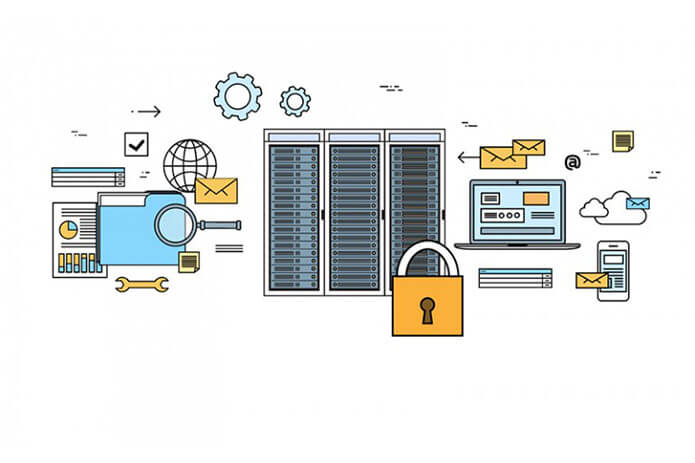While not particularly highly visible, a well-managed Configuration Management Database (CMDB) provides organizations with tremendous value. In addition to this value, a CMDB requires an organization to take responsibility for keeping it fit-for-purpose. Hewlett Packard Enterprise (HPE) sponsored a leading analyst firm to poll 100 IT executives on CMDB and discovery tools. The most interesting findings on CMDB challenges are listed below:
5. Reconciling data between multiple discovery tools or databases: A CMDB is a great place to consolidate information, as multiple business functions, including IT services, operations and asset management use a CMDB. Since most CMDBs are only populated using discovery tools, this data must be verified and augmented using multiple data sources to make it useful to all relevant functions.
4. Achieving accurate discovery in dynamic environments (clouds, containers): Virtual, cloud and containerized systems can exist for short periods of high demand, during which their existence must be extracted from log files. These virtual systems must have their configurations verified for billing, software license use and security vulnerabilities, similar to physical servers.
3. Maintaining human expertise required for CMDB maintenance and updates. CMDB maintenance is a skilled task. Duplicate and missing assets must be accounted for, and attribute values associated with each asset record or Configuration Item (CI) must be populated with the most reliable values. Multiple potential values must have any conflicts or inconsistencies resolved. Large CMDBs containing thousands of values require skilled people who can reliably evaluate conflicts when specifying precedence rules.
2. Compliance-related concerns with maintaining CI data: Vendors often surprise businesses with license compliance audits, which can be allayed with an accurate CMDB. If you don’t have your own reliable license count, then you will have to apply resources internally to verify this. Alternatively, you will have to use the vendor’s figures, which may mean you are paying a premium. At a more serious level, the CIO is required to maintain an accurate count of IT assets to avoid the possible impact of Sarbanes-Oxley section 404, which mandates adequate financial reporting.
1. Costs (human/system) of maintaining accurate CI data: The high cost of maintaining the accuracy of the data in a CMDB increases exponentially against increases in asset volume. Automating this task requires the maintenance of complex precedence rules at a CI attribute level. True accuracy requires a minimum of 2 or more data sources in addition to the source CMDB records. The cost of manual reconciliation is prohibitive once asset numbers increase to thousands, and is prone to human error.
Blazent is focused on addressing the most common issues raised by these IT professionals, which is maintaining a quality of data contained in the CMDB in a scalable and cost-effective manner. You can learn more about the approach Blazent has taken by watching a comprehensive video demonstration here.
The complete HPE survey results can be viewed here
